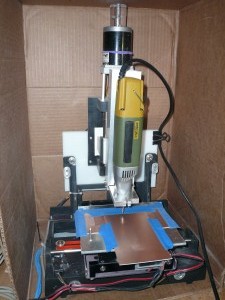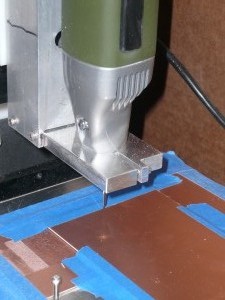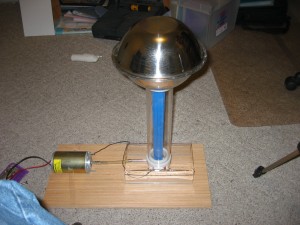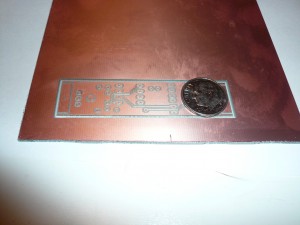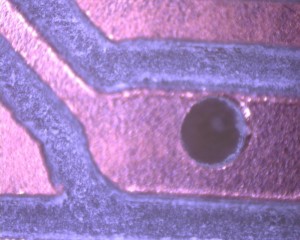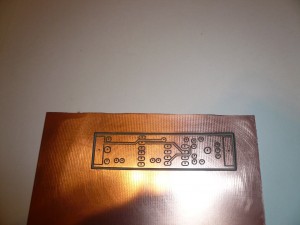For years and years I’ve been facinated with CNC machinery. There’s something incredibly compelling about the idea that you can design something digitally, with all the “undo” you want, and then have a machine make it for you.
Of course, it’s really not that simple in practice, but it’s still an incredibly exciting thing.
For a couple of years now I’ve been picking up motion control parts whenever I see them available cheaply, even if I didn’t have a particular need for them, yet.
Mid-summer 2009 I found a surplus X/Y table on eBay, put in a minimum bid of $50, and won.
This gave me a pretty good starting point for a light-duty milling machine, I had two axis’s that were more accurate than I’d be able to make myself, with 2 stepper motors. I already had a few stepper motor drivers.
I built a ‘Z’ axis that used bronze bushings sliding on steel rods, driven by 10TPI acme threaded rod. The lead-nut was a chunk of Acetal plastic that I’d tapped threads into using a home made tap.
The first revision used a Bosch Colt 1.0HP router for the spindle, as I’d read online that they had very low runout(ie: wobble) in the spindle. I’d measured the Bosch’s runout at about 0.0035″, which seems pretty good for a consumer grade router.
After making a few circuit boards I realized that I’d need something even smoother, and after a little deliberation I ordered a Proxxon IB/E rotary tool. It was $110, which is a lot to pay for what’s essentially a Dremel(which would have been about 1/2 the price).
Once the Proxxon arrived all my hesitations vanished, I can’t speak highly enough about it. I measured the spindle runout at about 0.0005″. I can turn it all the way up to 20,000 RPM and put it down on the desk, and it just sits there. A Dremel would vibrate itself off the edge of the table within a few seconds. Also, even at full speed, it’s quiet enough that I can run it at night while everyone is asleep. The Bosch was loud enough that I didn’t even like to be in the same room with it.
I was incredibly lax about taking pictures of the build process, but did manage to snap a few after it was done. Please ignore the cardboard-box-dust-suppressor system, I haven’t had time to make a proper box.
A proper shaft coupler handles small misalignments:
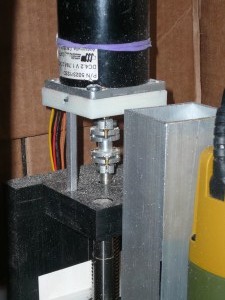
Repurposed ps2 keyboard cables used for the motors:
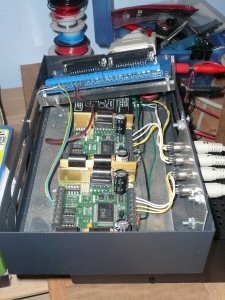
Little video of it in action:
CNC mill test from bill S on Vimeo.
